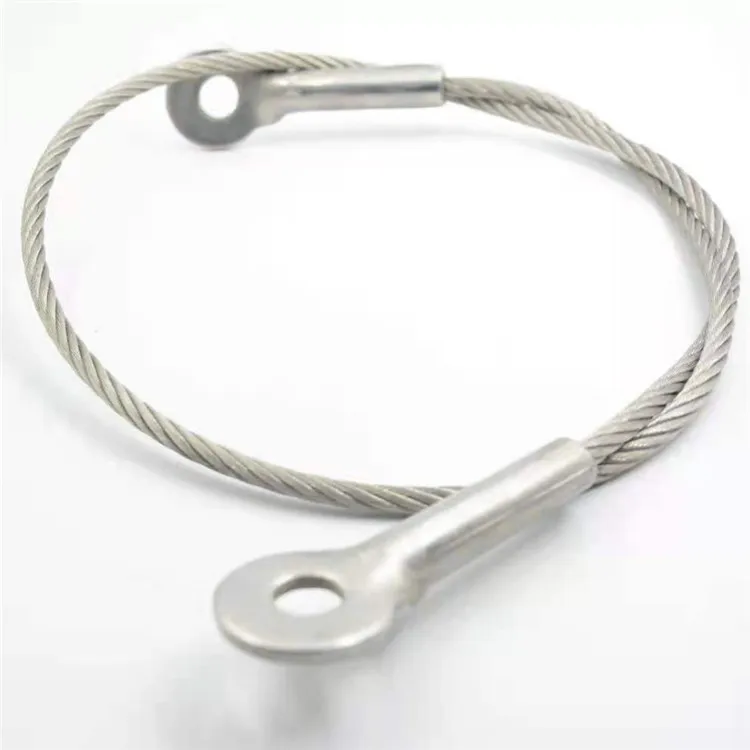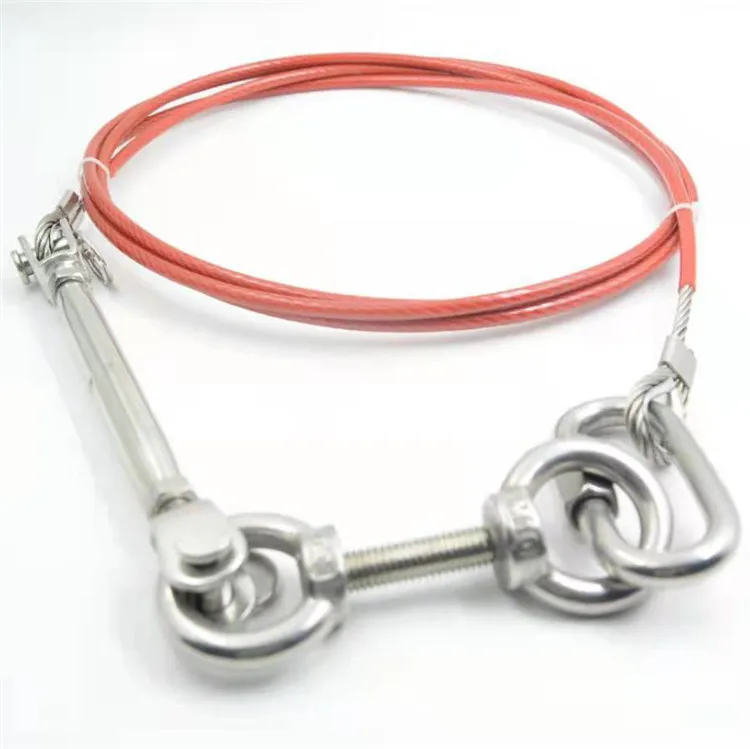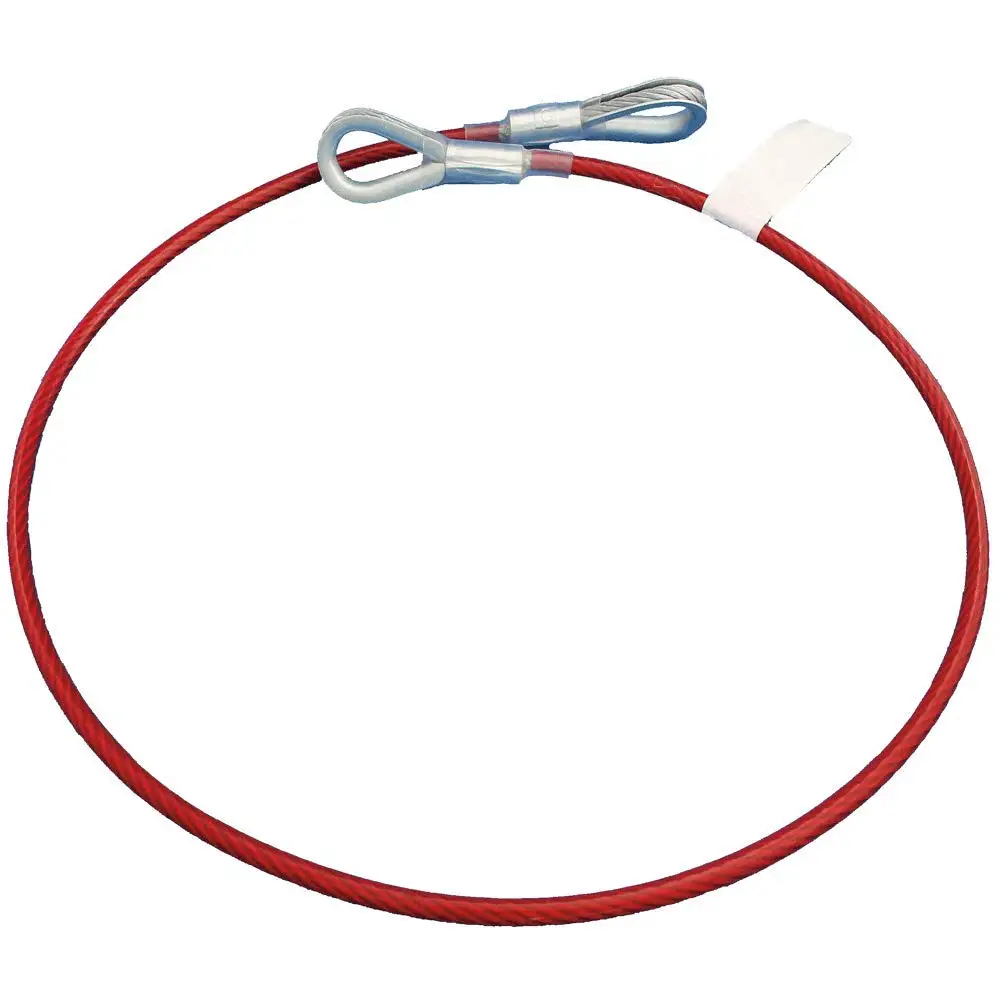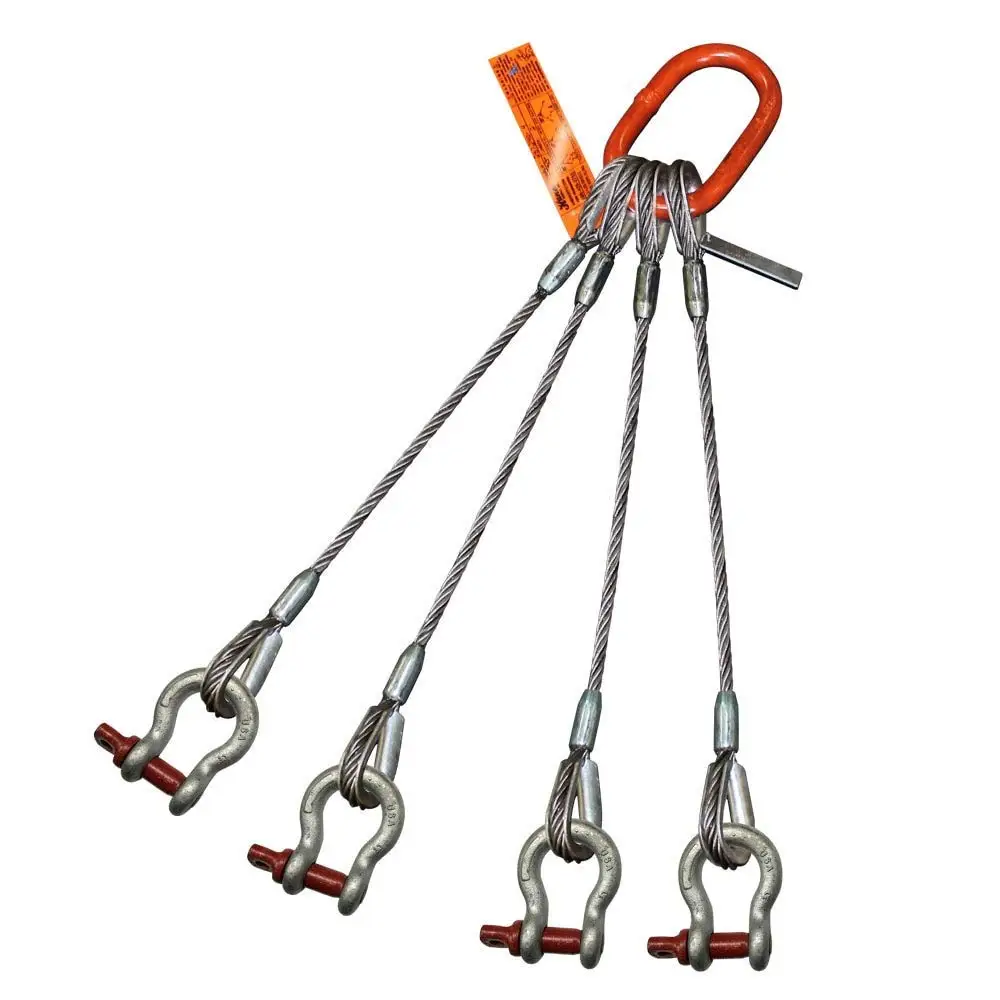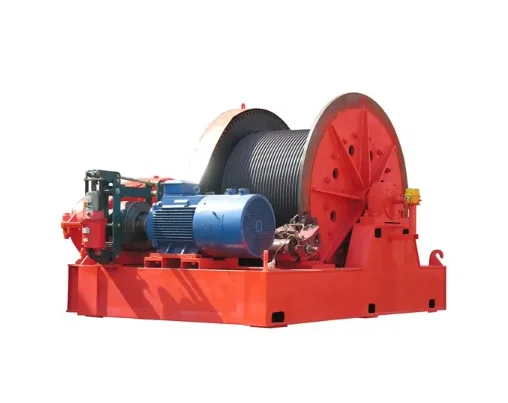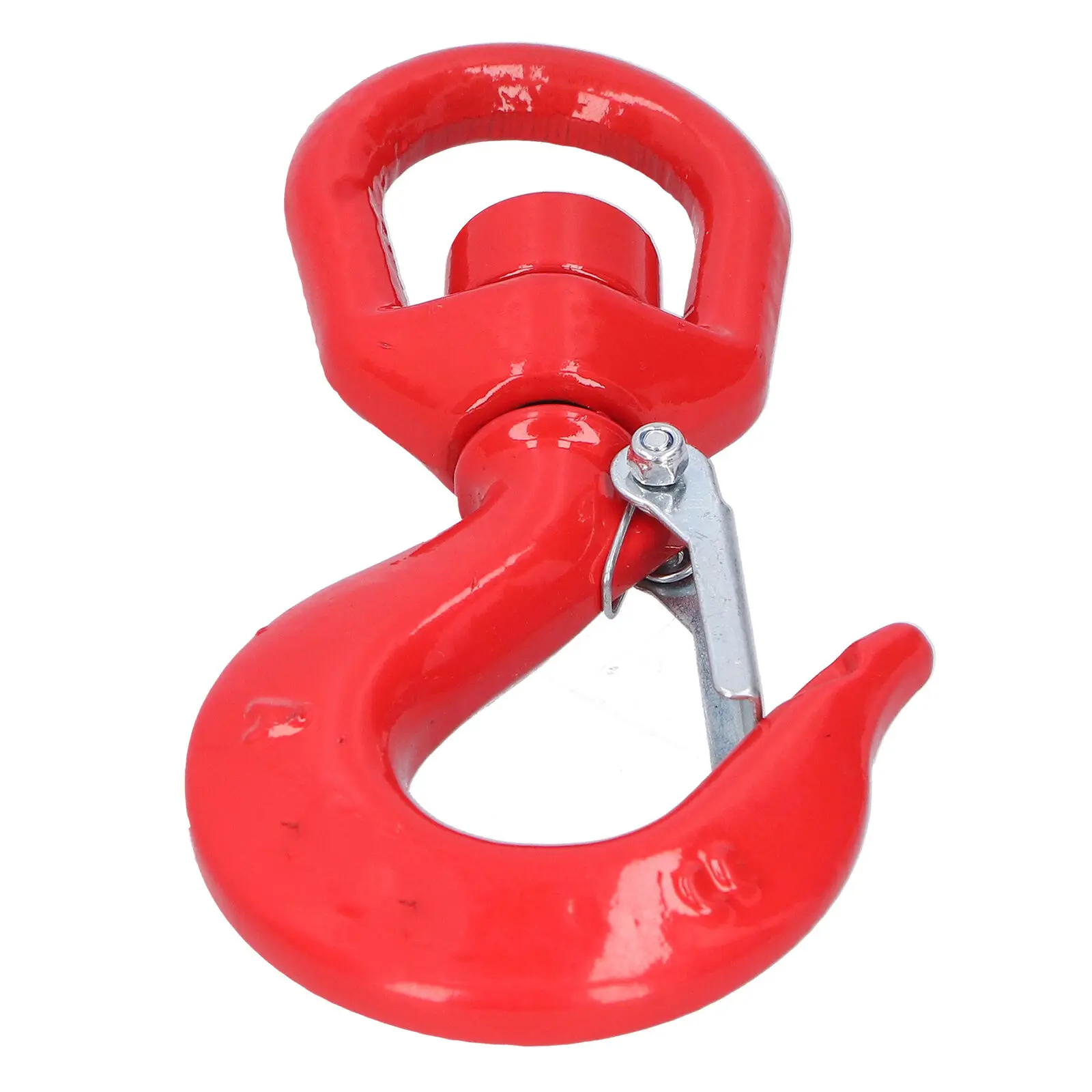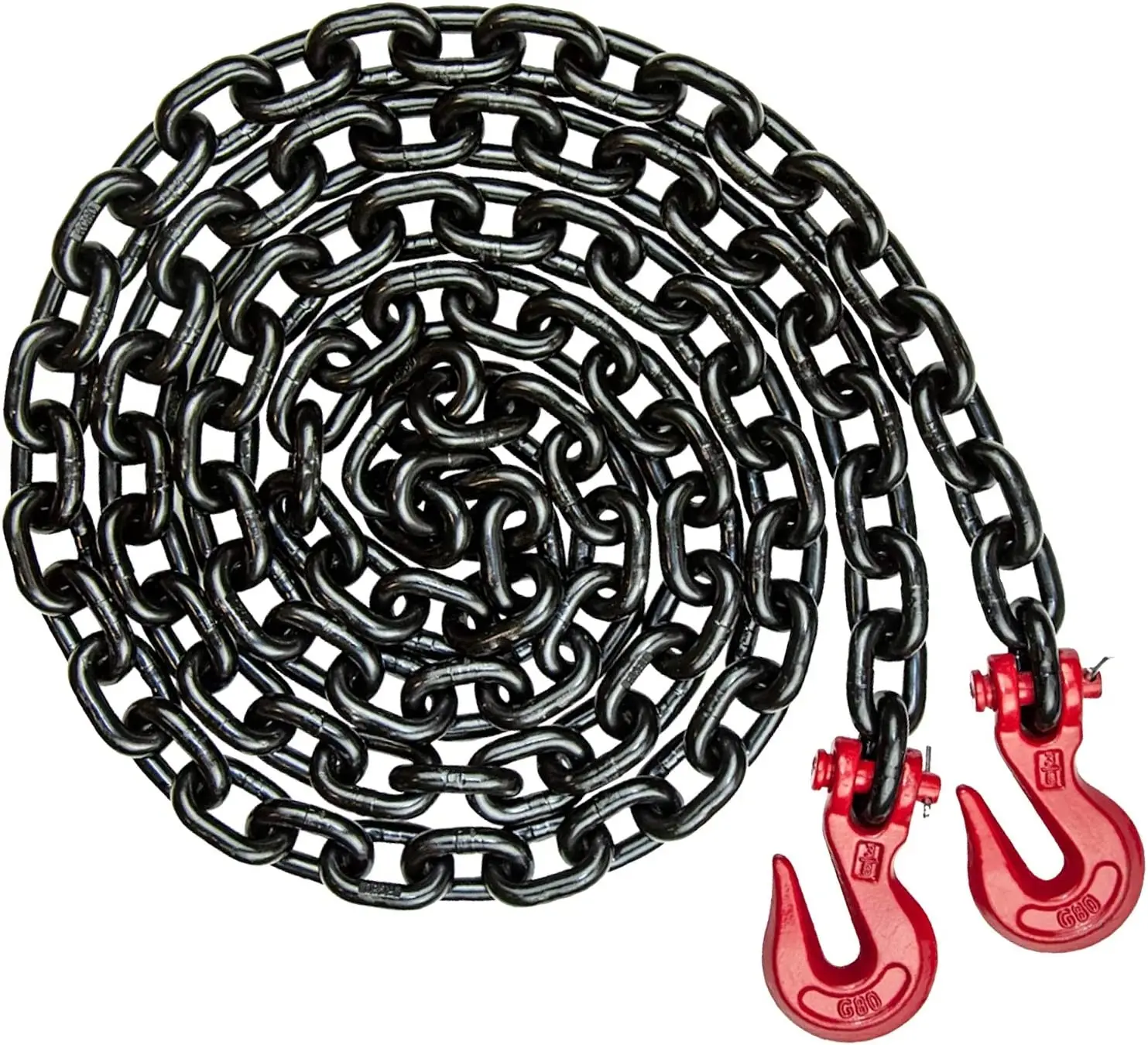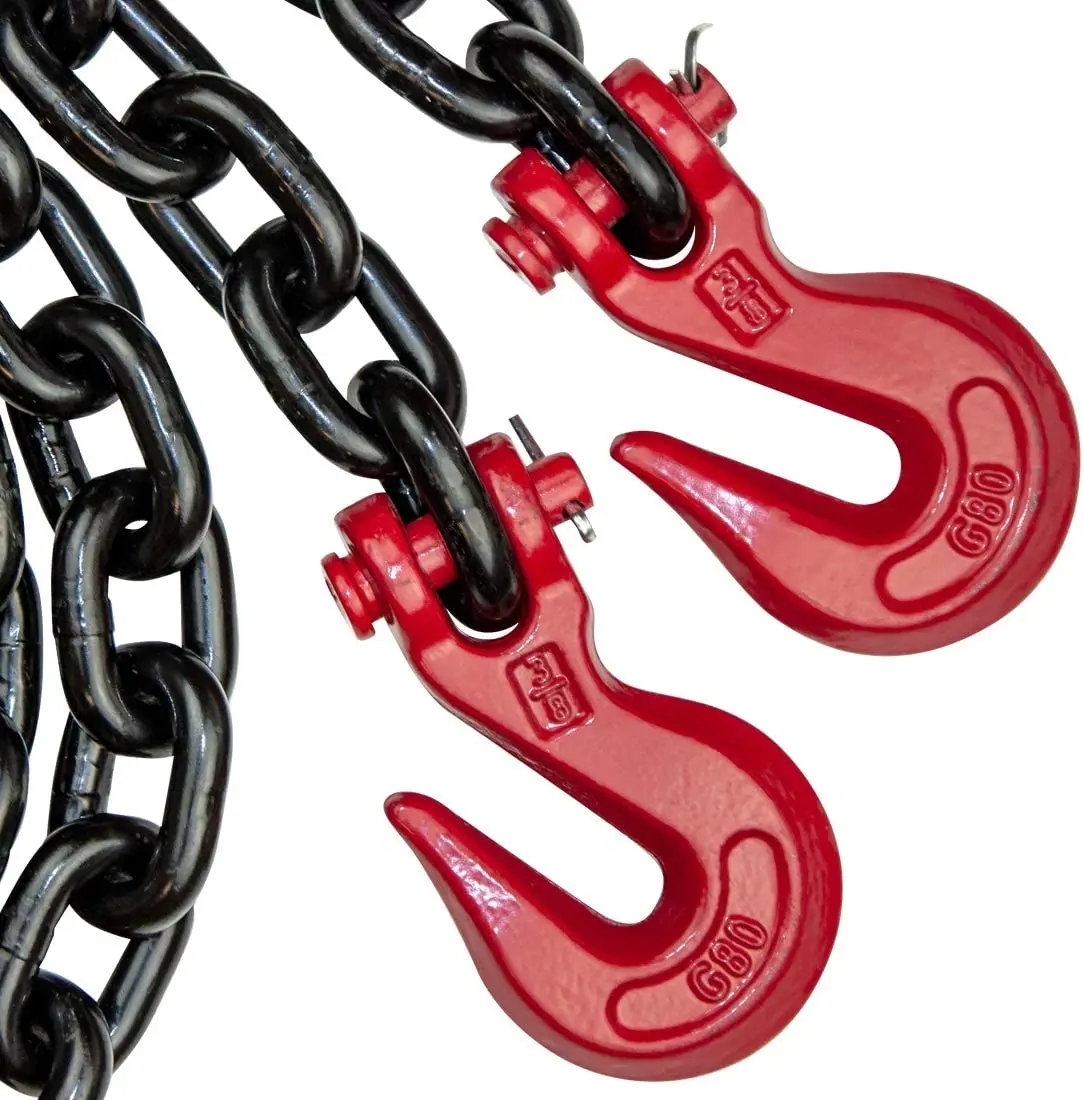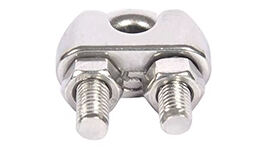How to identify stainless steel wire rope
1.Magnetic test method
The magnetc test method is a common and simple method to distnguish austenitc stainless ste from ferric stainless steel. Austenitic stainless steelis non-magneticsteel, but it will be slightly magnetic after cold working under large pressure, Alloy steels are strong magnetic steels
2. Nitric acid point test method
Adistinouishino eature of staness stee wre rope is its inherent corosion resistance to concentrated and dilute ntic acid a propery that makes it easly distingushable from most other metals or alloys.However hio-caron 420 and 440 steels ar sliohty coroded durna nitric acid snot test. and non-errous metals are corroded immediatel when they encounterconcentrated nitric acid, while dilute nitric acid is strongly corrosive to carbon steel.
3. Copper sulfate spot test methodCoper sulfate spot test is an eay method to quickly distinguish ordinary caron steel and al types of stainless steel wire ropes. The concentration of copper sulfatesoluton used is 5%-10%. Beore the soot test the test area should be thorouhly cteaned of oi. 0r otherimounties, and use a sander or a ot abrasive cloth to poish asma area. and then roo the test droo to the orndino pace. ordimay carbon stee or ron wi fom a aver of surace meta cooner wthin a feyw seconds whie thestainless steel The surface does not produce copper precipitation or show copper color
4. Sulfuric acid test method
Sulfuric acid immersion stainles stee distnouishes 302 and 304 from 316 and 317. The cut edoe of the samole should be finely ground.then cleaned and passivated insuluic acid wih a volume concentraton of 20%-3% and a temoeratue of 6-66 for haf an hour The wolum cocentation of the sulfuic acid soltion is 10% andreaied to 7 When 30 and 304 are mmersed in the soufon te ste s ranidy oroded and a aroe umher of bubies are oeneraed and the samoe tums hlackwthin a few minutes: while the samples of 316 and 317 stee are not corroded or corroded very slowiy no bubles are generated), The test does not chanoe color withir0 to 15 minutes.Tests can be made more accurate if aporoximate comparisons are made by simultaneousiv testin samples of known composition

 EN
EN
 AR
AR
 BG
BG
 HR
HR
 CS
CS
 DA
DA
 NL
NL
 FI
FI
 FR
FR
 DE
DE
 EL
EL
 HI
HI
 IT
IT
 JA
JA
 KO
KO
 NO
NO
 PL
PL
 PT
PT
 RU
RU
 ES
ES
 TL
TL
 IW
IW
 ID
ID
 SK
SK
 VI
VI
 TH
TH
 TR
TR
 FA
FA
 AF
AF
 GA
GA
 BE
BE
 IS
IS
 HY
HY
 AZ
AZ
 LA
LA

